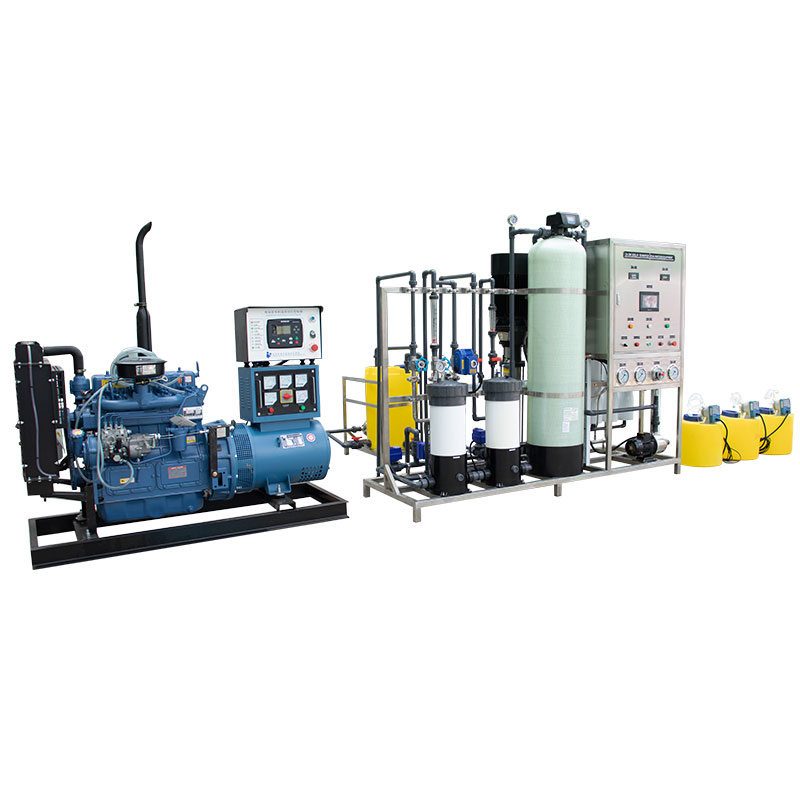- Commercial Reverse Osmosis Water Treatment Systems
- Industrial Reverse Osmosis Water Treatment Systems
- Ultrafiltration UF Water Treatment Systems
- Ion Exchange Water Treatment System
- Containerized Water Treatment Systems
- Customized Water Treatment System
- Bottle Water Filling Line
- Water Mechanical Micron Filters
- Stainless Steel Water Treatment Equipments
- Water Treatment Parts
- Water Sterilization
Can commercial seawater reverse osmosis desalination systems reduce salt content in water?
To address the global water scarcity issue, especially in some arid regions and island countries. Enterprises have been tirelessly searching for efficient desalination technologies to provide sustainable freshwater resources. Among them, commercial seawater reverse osmosis desalination systems have attracted much attention and are considered a promising technology that has the potential to solve the problem of freshwater shortage.
The basic principle of commercial seawater reverse osmosis desalination system
The seawater ro system is a technology that separates salt and impurities from seawater through membrane separation technology. This system utilizes high pressure to push seawater through a semi permeable membrane, allowing water molecules to pass through while salts and other impurities are blocked outside the membrane, thus achieving the production of fresh water. So, can commercial seawater reverse osmosis desalination systems really effectively reduce the salt content in water?
Verification of desalination effect of commercial seawater reverse osmosis desalination system
After multiple experiments, it has been proven that commercial seawater ro systems have significant salt removal effects. This system can efficiently reduce the salt content in seawater to below acceptable drinking water standards in a relatively short period of time. This means that the water source treated by commercial seawater ro systems can meet people's daily life and industrial water needs, becoming a feasible freshwater resource.

Environmental and spatial advantages of commercial seawater reverse osmosis desalination systems
In addition, commercial seawater reverse osmosis desalination systems also have some other advantages. Firstly, compared to traditional seawater evaporation and crystallization technologies, reverse osmosis systems are more energy-efficient and environmentally friendly, reducing energy consumption and environmental impact. Secondly, the seawater ro system has a small space demand and is suitable for various geographical environments, especially for freshwater supply in island and desert areas, which has unique advantages.
The potential of commercial seawater reverse osmosis desalination systems in alleviating freshwater resource shortages
However, it is worth noting that commercial seawater ro systems are not without challenges. Firstly, the construction and maintenance costs of the system are high, requiring a significant amount of funding and technical support. Secondly, the treatment of wastewater and high salt concentration substances generated during the treatment process is also a problem that needs to be addressed to avoid negative impacts on the surrounding environment.
Overall, commercial seawater reverse osmosis desalination systems have shown excellent performance in reducing salt content in water, providing a feasible technical approach to alleviate the shortage of freshwater resources. However, in the process of promoting applications, it is necessary to overcome some technical and economic difficulties to ensure the sustainable development of the system and maximize its role in global freshwater resource security.




